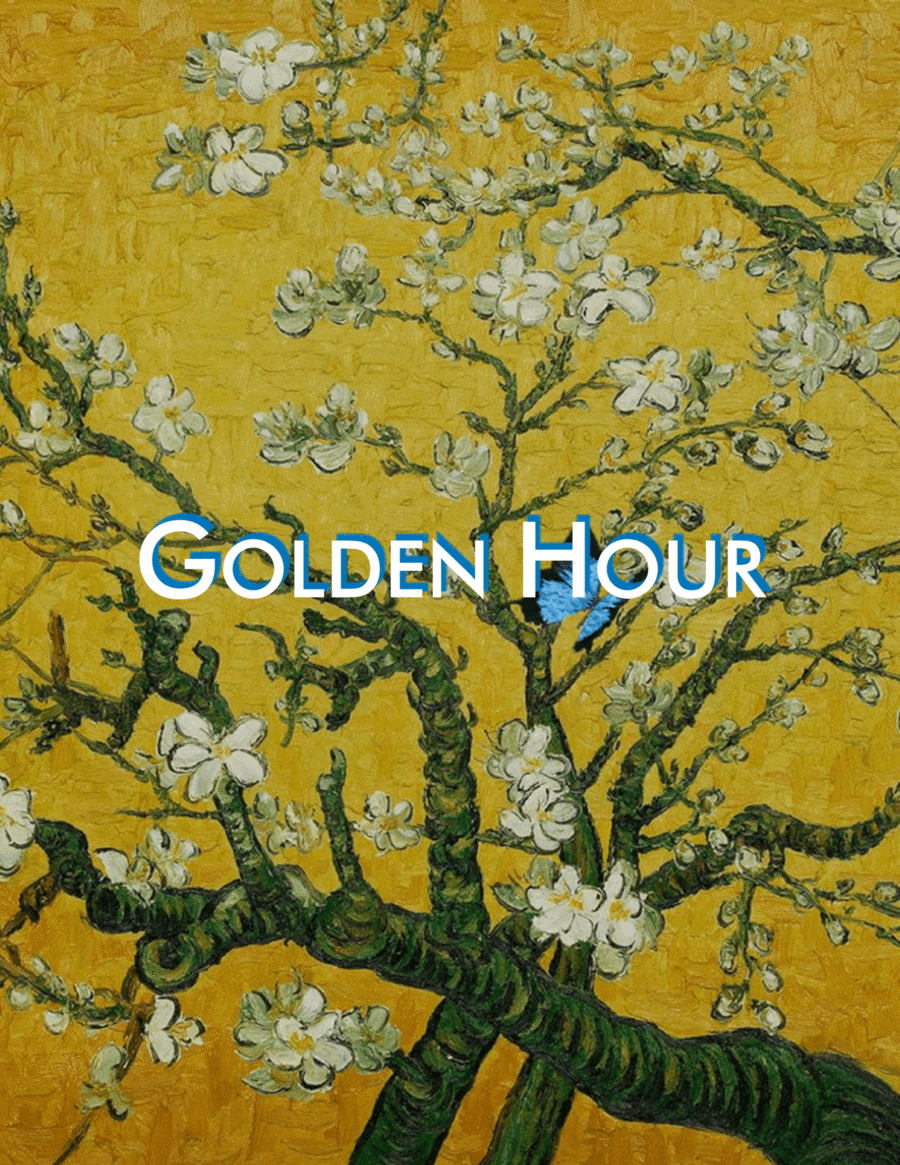Concert Band - Level 4 - Digital Download SKU: A0.1217259 By Jvke. By Jake Lawson and Zachary Lawson. Arranged by Matteo Sohn. Classical,Contemporary,Pop,R & B,Singer/Songwriter. Score and Parts. 94 pages. Matteo Sohn #813780. Published by Matteo Sohn (A0.1217259). Golden Hour by JVKE-Arranged by Matteo Sohn, for Concert Band/Wind EnsembleGOLDEN HOUR is the third release of JVKE‚Äôs debut album, ‚Äúthis is what____ feels like‚ÄĚ. The original song embodies beauty as a whole, but the lyrics use that embodiment to describe the beauty of a partner the singer is falling in love with. The verse section of the song is soft but eventually thrusts the listener into a powerful chorus section. The song creates this warm summer like feeling, hence its use of major and minor 7th chords, which is very fitting for its time of release (July 15, 2022). To add to the warmth of the song, JVKE changes the pitch of the song to A=432 hertz tuning, instead of the conventional A=440 hertz tuning. Many people believe that A=432 hertz tuning decreases the listener‚Äôs heart rate and sounds more peaceful, which which perfectly fits the mood of the song. With these lyrics and musical techniques combined, GOLDEN HOUR gives the listener an amazing and moving experience, and is why it is one of the most viral songs on the internet. ¬†This song was chosen to be arranged for the Scarsdale High School Honors Wind Ensemble because of its popularity among teenage students, as well as to welcome the new director of bands, Mr. Brian Zeller. A new band director marks a new ‚Äúgolden hour‚ÄĚ, or chapter of life for both the students and the director, with new thrilling musical experiences to learn from.
